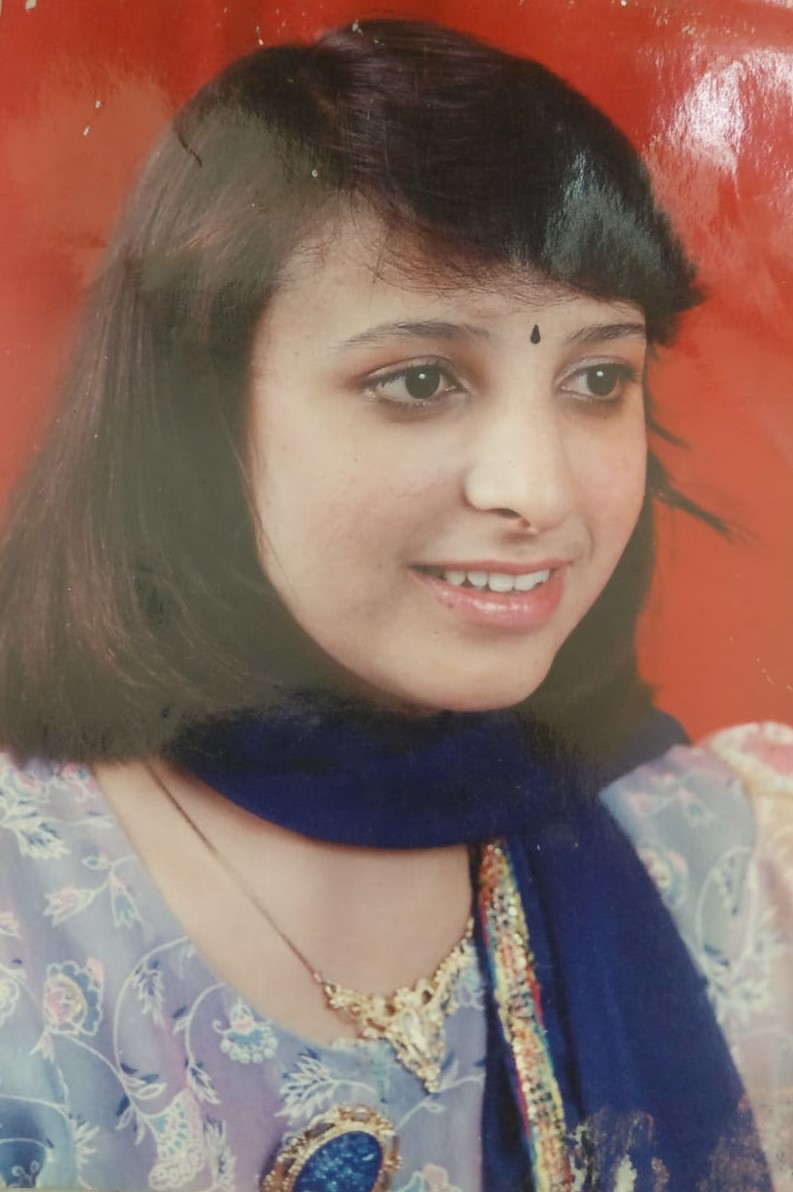Unlocking Health Benefits: The Impact of Medical Vastu on Recovery and Well-being
- divinetouchpune33

- Nov 2
- 3 min read
In recent years, the ancient Indian science of Vastu Shastra has gained significant attention, particularly in the realm of health and wellness. Medical Vastu, a specialized branch of Vastu Shastra, focuses on how the arrangement and design of spaces can influence physical health, recovery, and mental well-being. This blog post delves into the principles of Medical Vastu and explores how they can be applied to enhance health outcomes and promote a sense of tranquility.
Understanding Medical Vastu
Medical Vastu is rooted in the belief that the environment we inhabit plays a crucial role in our overall health. It emphasizes the importance of spatial orientation, layout, and the use of natural elements to create a healing atmosphere. By aligning spaces with the natural forces of the universe, Medical Vastu aims to foster harmony and balance, which are essential for physical and mental recovery.
The principles of Medical Vastu are based on the five elements of nature: earth, water, fire, air, and space. Each element has its own significance and can be harnessed to create a conducive environment for healing. For instance, the placement of water bodies, the direction of sunlight, and the arrangement of furniture can all impact the flow of energy within a space.
The Role of Space in Healing
The layout of a medical facility or a healing space can significantly influence patient recovery. According to Medical Vastu, certain areas should be designated for specific purposes to optimize healing. For example, patient rooms should ideally face the east or north to receive ample sunlight, which is believed to promote healing and positivity.
Moreover, the arrangement of furniture and medical equipment should allow for easy movement and accessibility. Cluttered spaces can lead to stress and anxiety, hindering the recovery process. By creating open, airy environments, Medical Vastu encourages a sense of calm and well-being.

Enhancing Mental Well-being
Mental health is an integral part of overall well-being, and Medical Vastu offers valuable insights into creating spaces that support mental clarity and emotional stability. The use of colors, natural materials, and proper lighting can significantly impact mood and mental health.
For instance, soft, soothing colors like blues and greens can create a calming atmosphere, while bright colors can energize and uplift. Incorporating natural elements, such as plants and water features, can also enhance mental well-being by reducing stress and promoting relaxation.
Additionally, the placement of mirrors and windows can influence the flow of energy within a space. Mirrors should be positioned to reflect positive energy, while windows should allow for natural light to enter, creating a vibrant and uplifting environment.
The Importance of Natural Elements
Incorporating natural elements into medical spaces is a key aspect of Medical Vastu. Plants, water features, and natural light not only enhance the aesthetic appeal of a space but also contribute to improved air quality and overall health.
Plants, for example, are known to purify the air and create a sense of tranquility. They can also reduce stress and anxiety, making them an essential addition to any healing environment. Water features, such as fountains or aquariums, can create a soothing ambiance and promote relaxation.
Natural light is another crucial element in Medical Vastu. Exposure to sunlight has been linked to improved mood and overall health. Designing spaces to maximize natural light can significantly enhance the healing process and contribute to a positive atmosphere.
Practical Applications of Medical Vastu
Implementing Medical Vastu principles in healthcare settings can lead to improved patient outcomes and enhanced well-being. Here are some practical applications:
Room Orientation: Ensure that patient rooms are oriented towards the east or north to maximize sunlight exposure.
Furniture Arrangement: Arrange furniture to allow for easy movement and accessibility, minimizing clutter and promoting a sense of openness.
Color Schemes: Use calming colors in patient areas to create a soothing environment that promotes relaxation.
Natural Elements: Incorporate plants and water features to enhance air quality and create a tranquil atmosphere.
Lighting: Utilize natural light as much as possible, and consider using soft, warm artificial lighting to create a comforting environment.
By integrating these principles, healthcare facilities can create spaces that not only support physical recovery but also nurture mental well-being.
Conclusion
Medical Vastu offers a unique perspective on health and wellness, emphasizing the importance of our environment in the healing process. By understanding and applying the principles of Medical Vastu, individuals and healthcare providers can create spaces that promote recovery, enhance mental well-being, and foster a sense of tranquility.
As we continue to explore the intersection of architecture, design, and health, the insights from Medical Vastu can serve as a valuable guide. Whether in a hospital, clinic, or home, the thoughtful arrangement of space can unlock significant health benefits, paving the way for a more holistic approach to well-being.
Incorporating Medical Vastu into our lives is not just about aesthetics; it is about creating environments that nurture our bodies and minds, ultimately leading to a healthier, happier life.




Comments